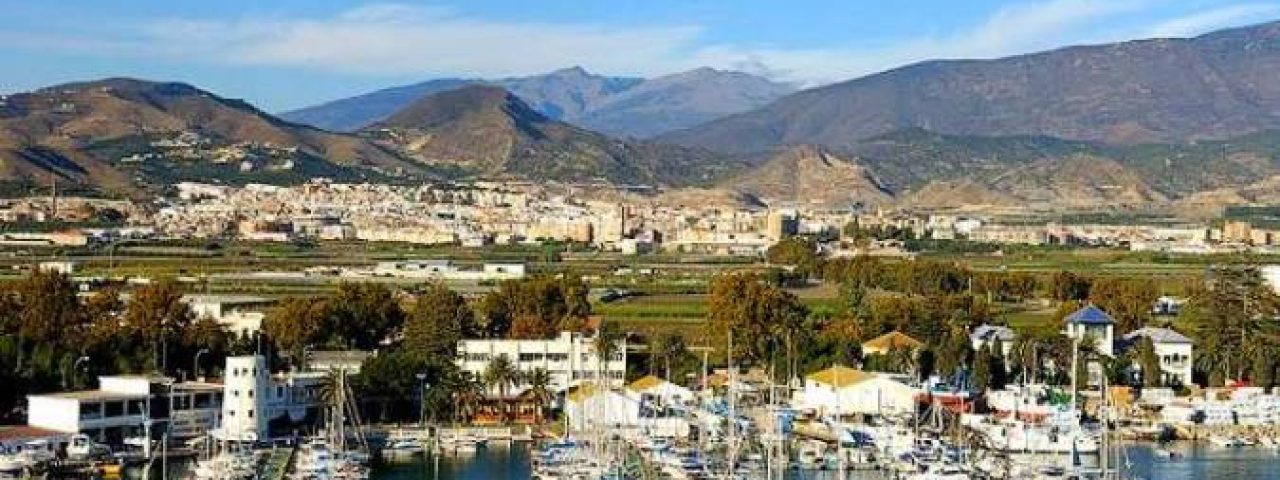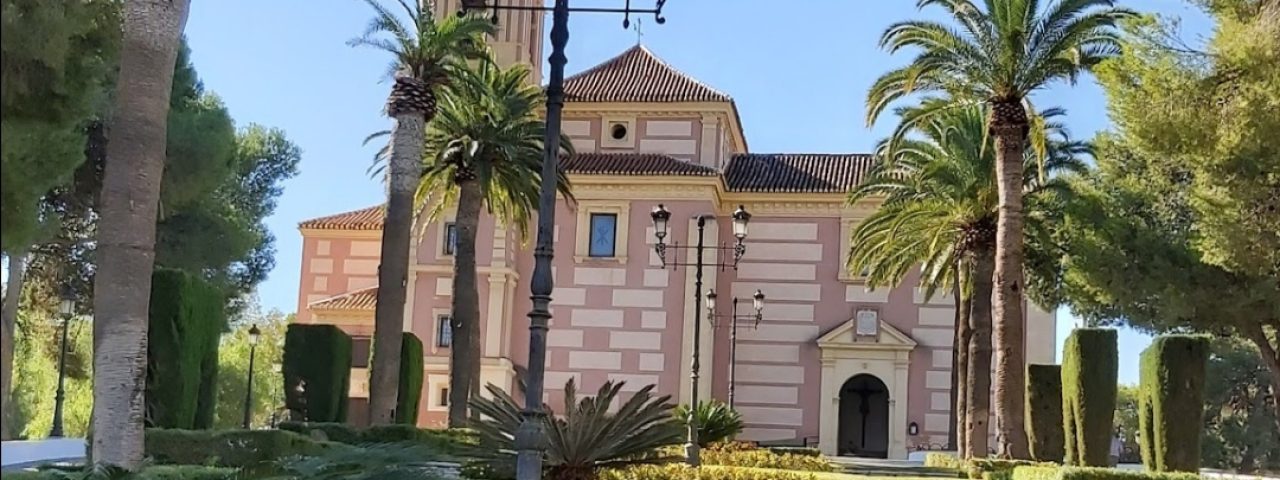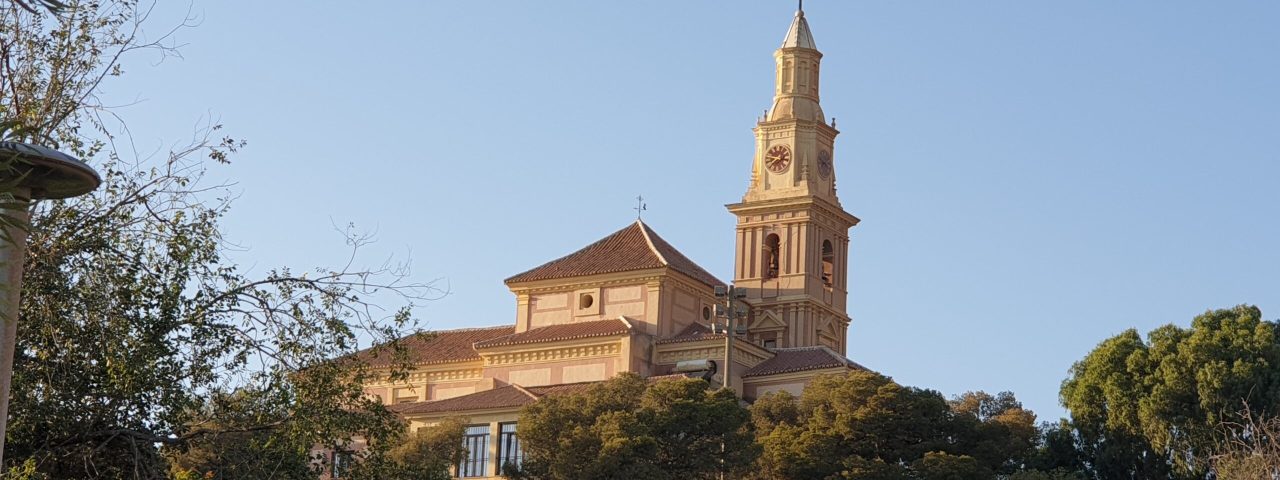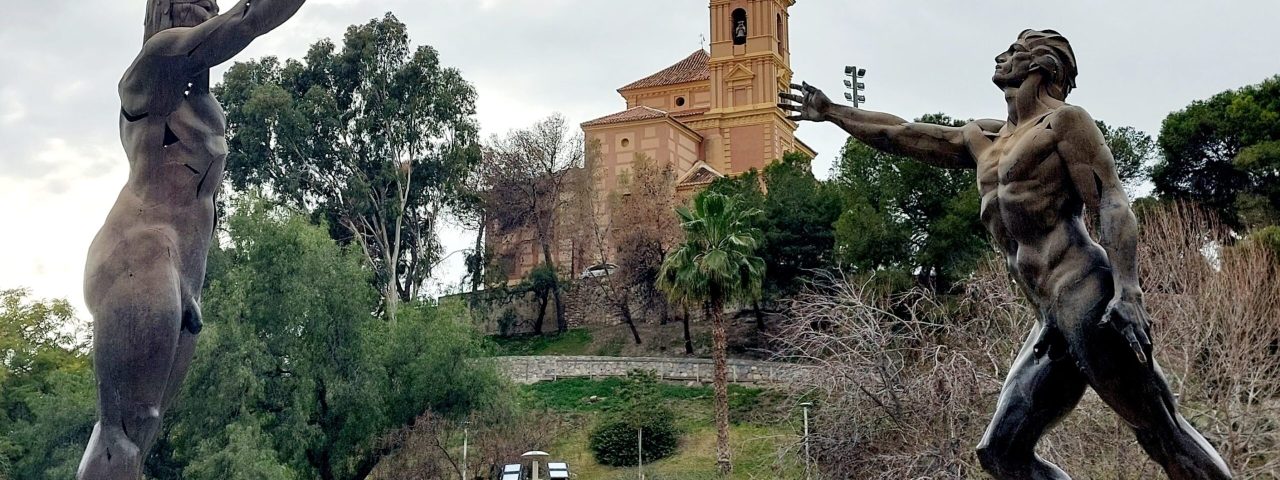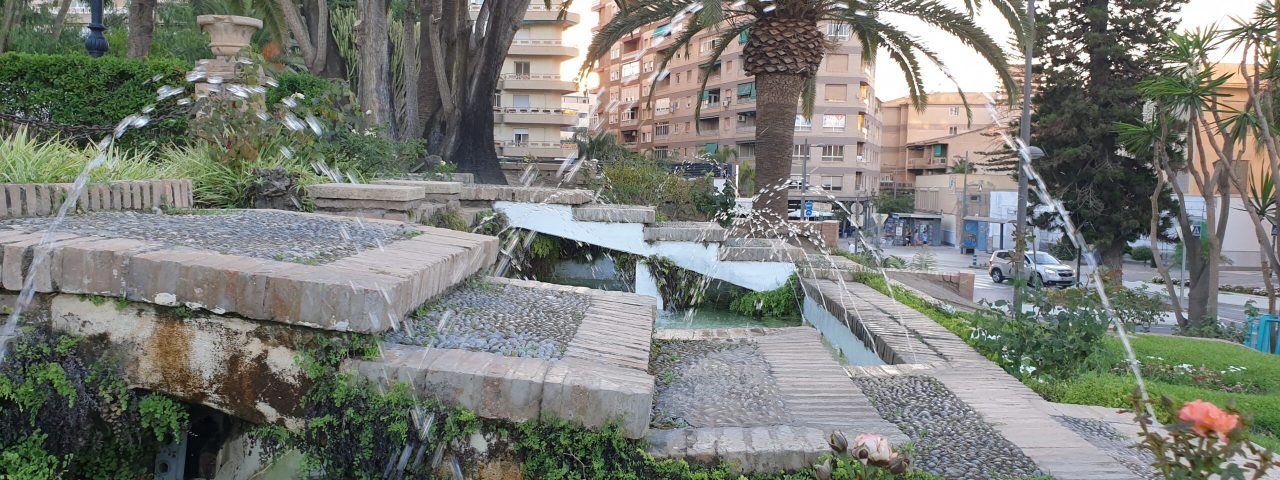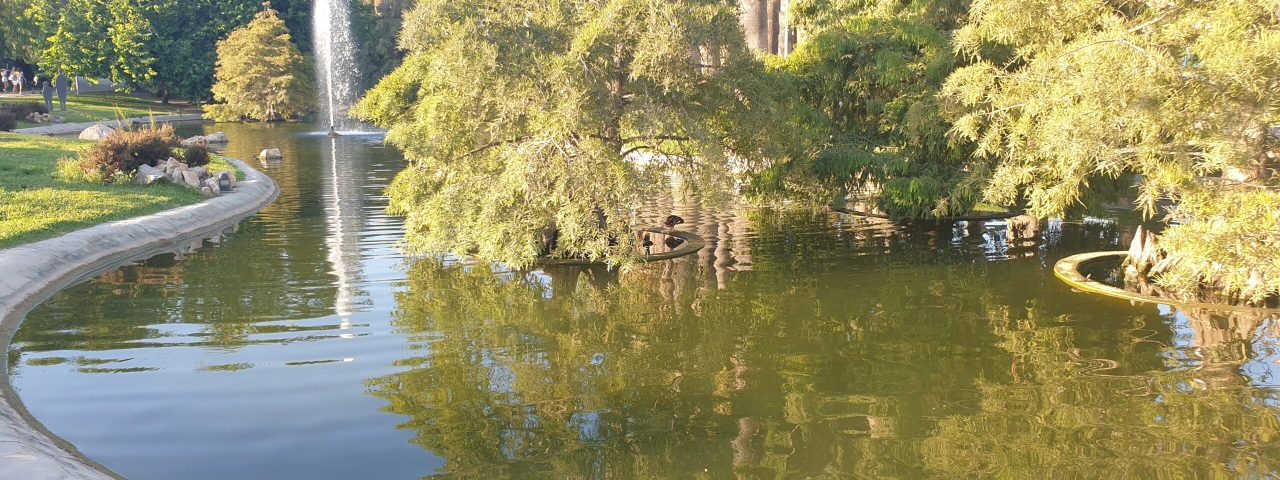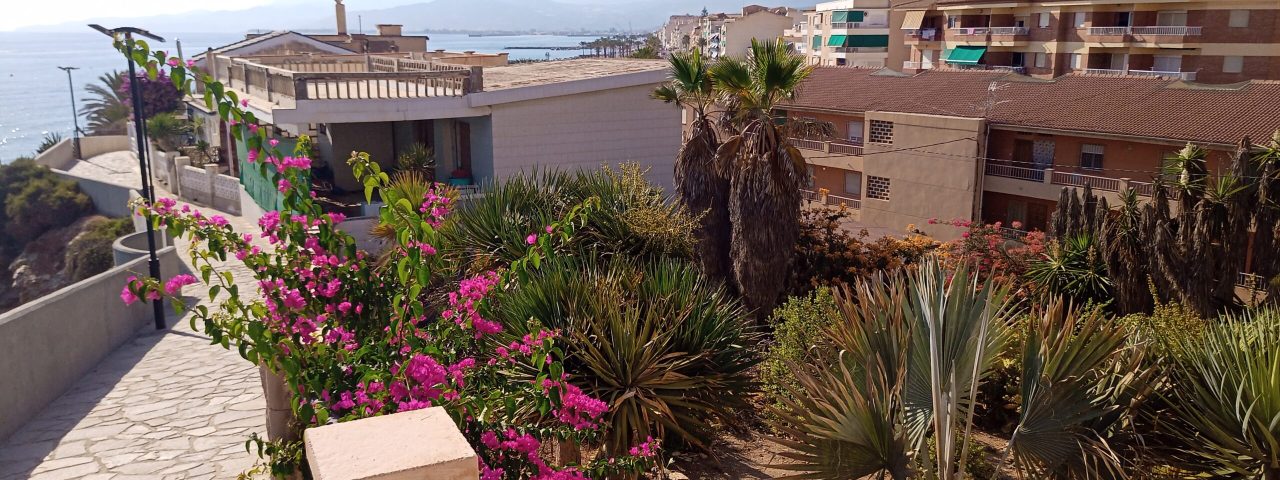Motril’s architecture is a mix of traditional Andalusian styles and modern buildings, with a particular focus on Mudejar and Baroque influences. The Church of the Incarnation, originally built in the 16th century, is one of the city’s most notable landmarks. Its elegant Mudejar style, characterized by a blend of Moorish and Gothic elements, reflects the city’s rich history. Another significant architectural site is the Casa de la Palma, a former sugar refinery that has been transformed into a cultural center and museum.
For tourists, Motril offers a variety of attractions. The Costa Tropical beaches, such as Playa Granada and Playa de Poniente, are perfect for relaxation and water sports. The city also has several parks, including the Parque de los Pueblos de América, which showcases exotic plant species from the Americas. The Museo Preindustrial de la Caña de Azúcar (Pre-Industrial Sugar Cane Museum) provides an interesting glimpse into Motril’s industrial past.
Motril’s proximity to the Sierra Nevada mountains means that outdoor enthusiasts can easily access hiking trails and skiing opportunities, making it a year-round destination for adventure tourism. The combination of natural beauty and historical architecture makes Motril a compelling choice for visitors seeking both relaxation and cultural enrichment.
